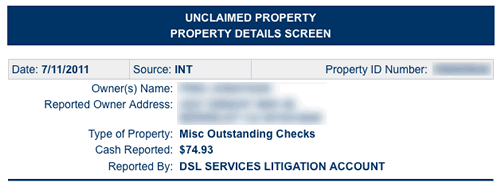
Over the years, I’ve read numerous articles about “missing money” that the government may be holding for me. I would always enter my name, but there was never any unclaimed property for me… until today!
I was reading an Businessweek article about how California and many other states were using the interest from all their unclaimed money from things like dormant savings accounts to bridge their budget gaps. Even Warren Buffett is owed $20 from an old escrow account.
I visited the California Unclaimed Property page and found that I was owed $75 from an unclaimed check from “DSL SERVICES LITIGATION ACCOUNT”, which I can only assume is the result of being part of some class action settlement. I’ll have to send in a copy of my driver’s license and Social Security card for identity verification.
You can find your state-specific unclaimed property page via Unclaimed.org. You should search in any state where you have lived. MissingMoney.com is a related site that will search several participating databases all at once, but not all of them (like California, for instance). Finally, also check out TreasuryHunt.gov to locate any Treasury bonds and savings bonds using your Social Security Number.
While looking around, I saw several other official-sounding websites offering to locate missing money for a fee. Not surprisingly, one of them always “found” $156.16 in my name, whether it was James Smith or Iam Notsosmarten. What a scam, so watch out.
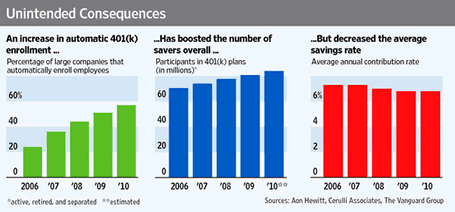
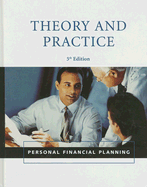
 Investments: An Introduction, Mayo
Investments: An Introduction, Mayo
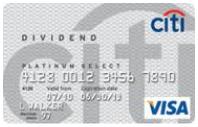 Citi® Dividend Platinum Select® Visa® Card
Citi® Dividend Platinum Select® Visa® Card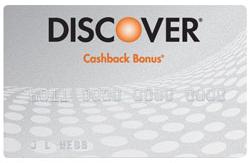 Discover More Card
Discover More Card Happy Birthday America! Here’s some of what I’ve been reading over the long weekend:
Happy Birthday America! Here’s some of what I’ve been reading over the long weekend: The Best Credit Card Bonus Offers – March 2024
The Best Credit Card Bonus Offers – March 2024 Big List of Free Stocks from Brokerage Apps
Big List of Free Stocks from Brokerage Apps Best Interest Rates on Cash - March 2024
Best Interest Rates on Cash - March 2024 Free Credit Scores x 3 + Free Credit Monitoring
Free Credit Scores x 3 + Free Credit Monitoring Best No Fee 0% APR Balance Transfer Offers
Best No Fee 0% APR Balance Transfer Offers Little-Known Cellular Data Plans That Can Save Big Money
Little-Known Cellular Data Plans That Can Save Big Money How To Haggle Your Cable or Direct TV Bill
How To Haggle Your Cable or Direct TV Bill Big List of Free Consumer Data Reports (Credit, Rent, Work)
Big List of Free Consumer Data Reports (Credit, Rent, Work)